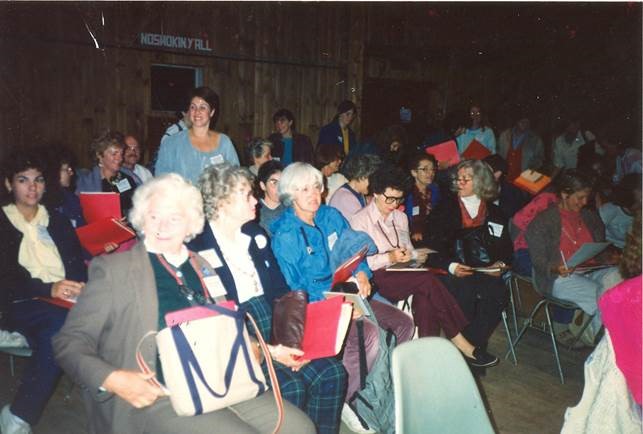Motherhood and Feminist Therapy, 1988
by Phyllis Chesler

Since 1980, I’d been thinking hard about the psychological relationship between mothers and daughters—and between women. I did a great many interviews and, as of the late 1980s, began to read credible studies. Most of my female interviewees remembered being targeted and ostracized by other girls and women but never remembered being part of a “mean girl” group themselves. This phrase had not yet come into being to describe how girls and women keep each other in line.
By 1988, I was ready to present my views at a feminist therapy conference in Vermont. Surely, therapists would not deny some hard truths about female humanity which included female-female envy, cruelty, and competition. I used the Greek myth about Clytemnestra and her daughter, Electra, to talk about psychological “matricide,” the ways in which daughters kill their mothers, the ways in which mothers kill their daughters by preferring sons and husbands, and by holding their daughters to different and higher standards. I also talked about how such a primary but embattled mother-daughter relationship shadowed that between adolescent girls’ and adult women’s relationships with each other.
What happened? I discovered that many of the feminist therapists at the conference were also in denial and did not want to hear about “mean girls.” Lesbian feminist therapists immediately challenged me and insisted that this might be true of straight girls but not of lesbians, who had each others’s backs. African-American feminist therapists insisted that this might be true of white girls, but not of African-American women. Finally, one poor soul stood up and said: “You’ve told us that we and patriarchy killed ‘the’ Goddess within us but you haven’t told us her name. What is the name of our Goddess?”
I was supported by some wonderful women but also shunned and attacked by others who simply were not ready to wrestle with the material that ultimately became my tenth book: Women’s Inhumanity to Woman. That’s me, standing, to the left of center, wearing a blue top.